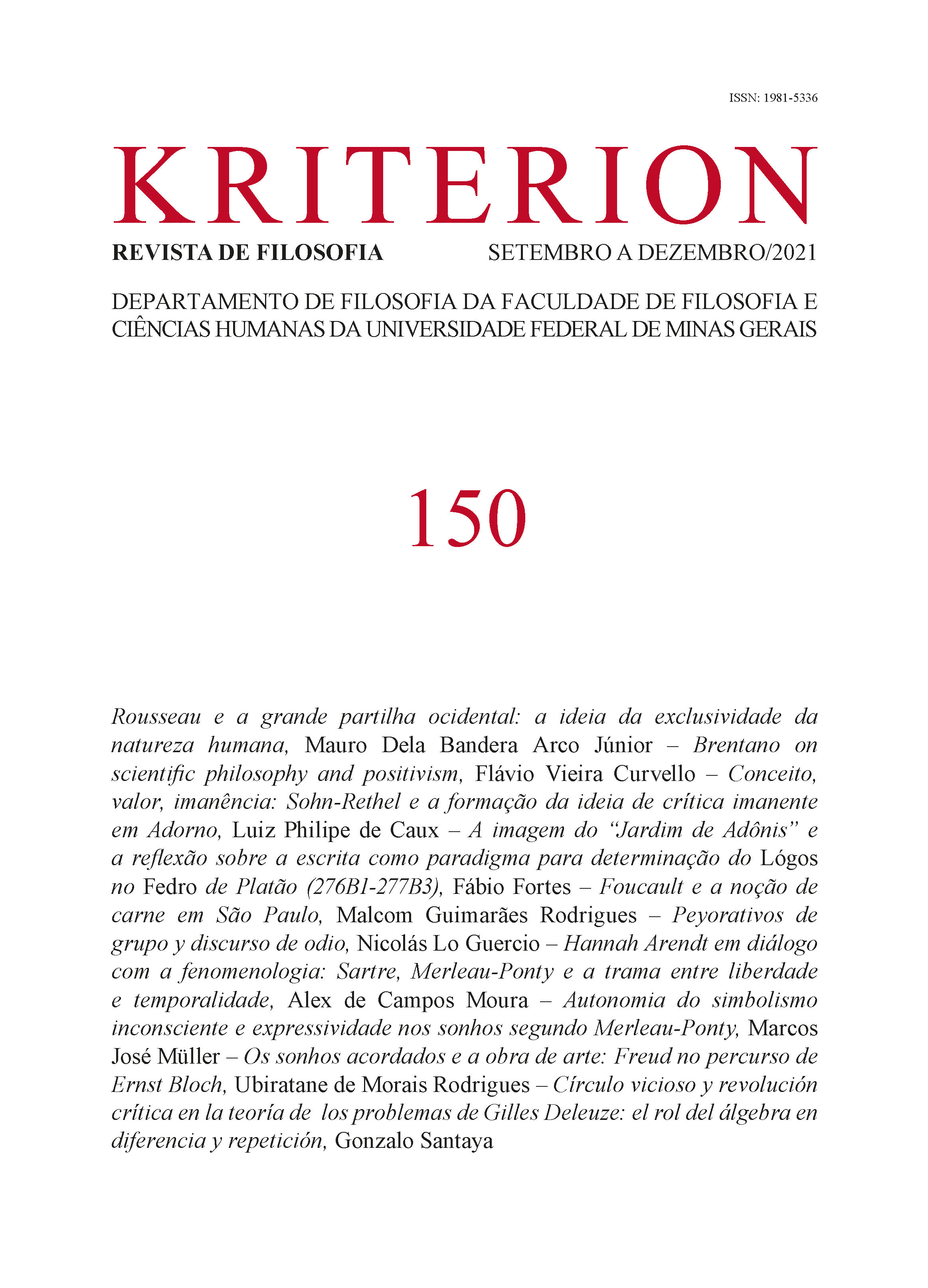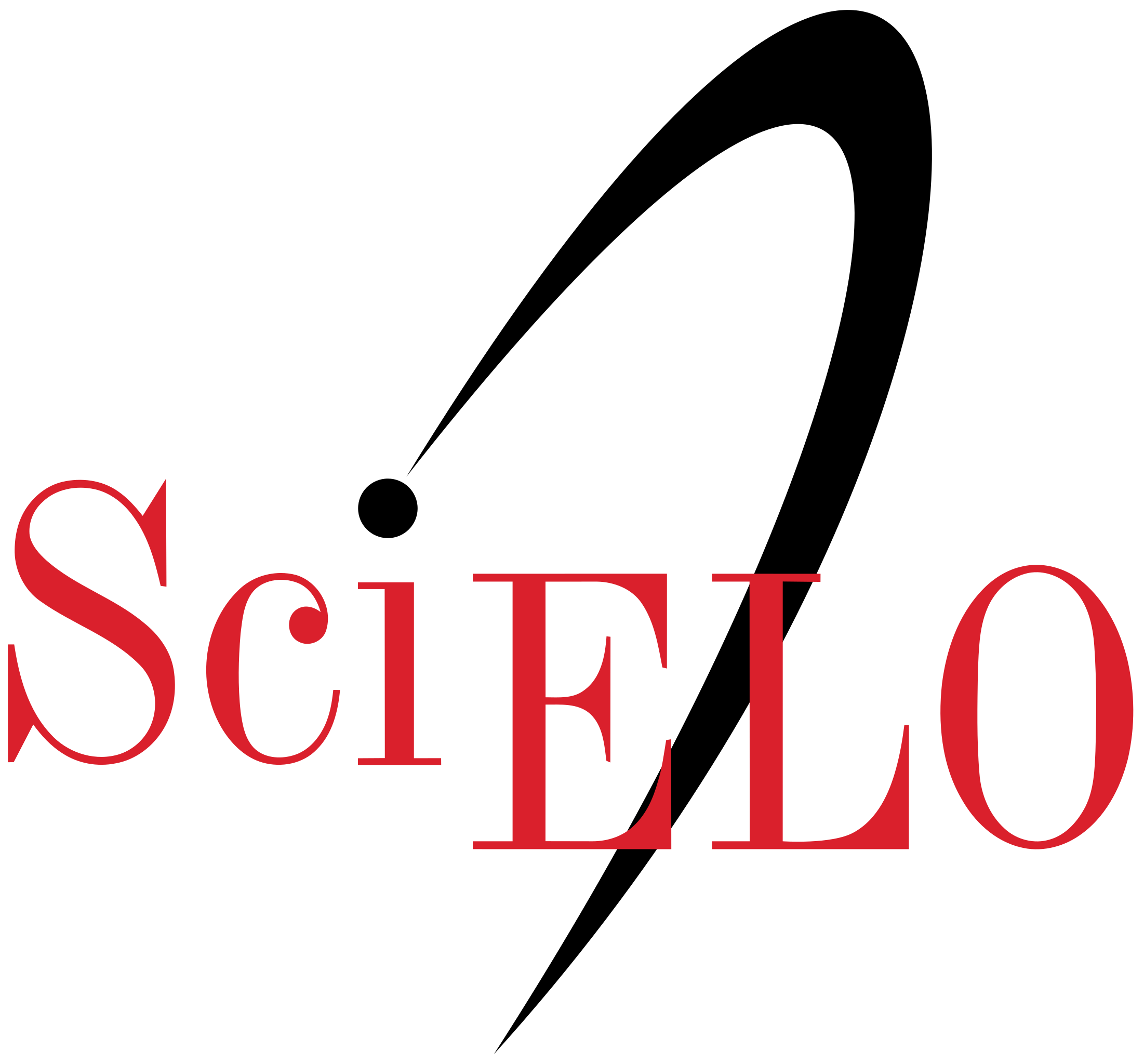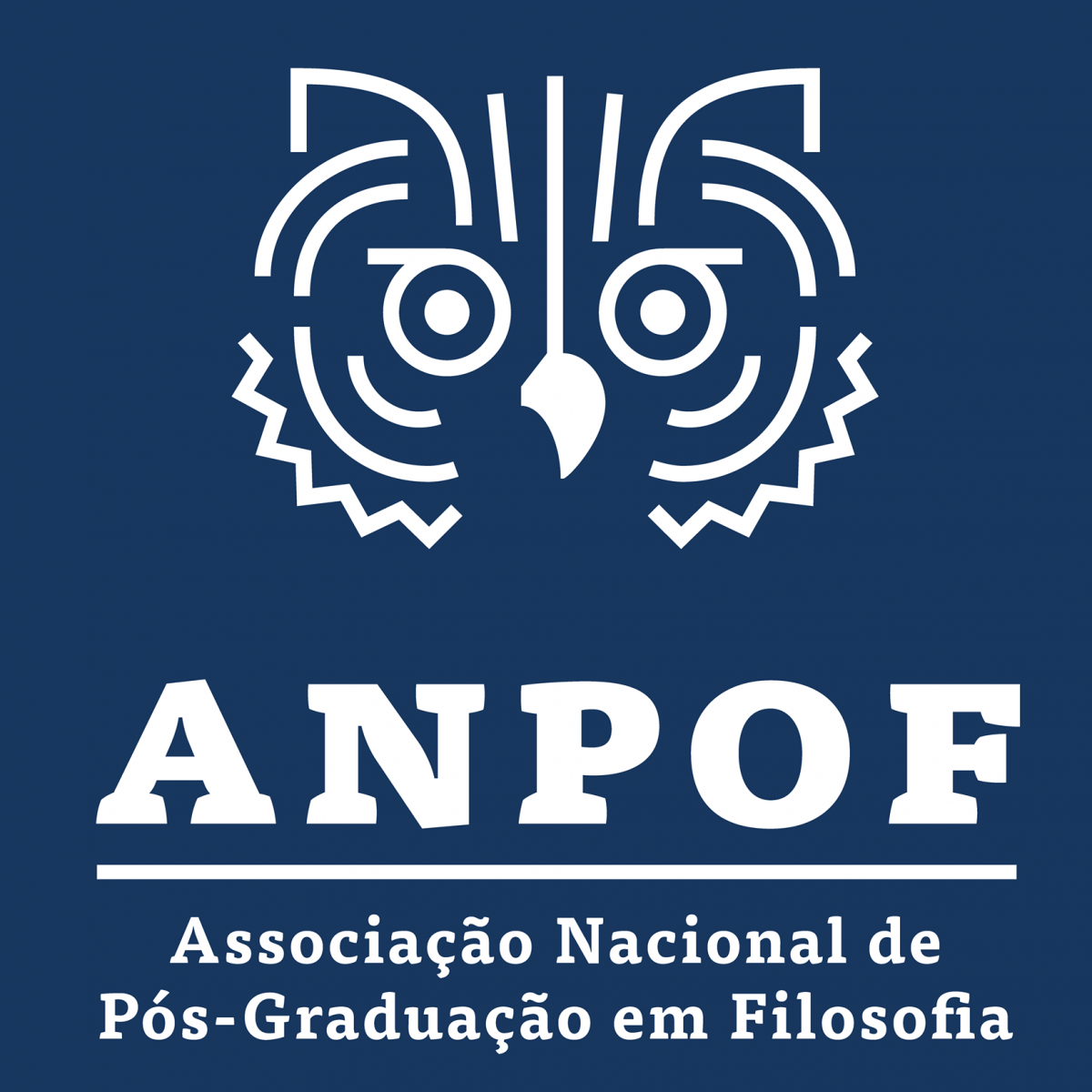Peyorativos de grupo y discurso de odio
Palabras clave:
Peyorativos de grupo, Lenguaje de odio, Semántica, PragmáticaResumen
El artículo presenta una semántica multidimensional para los peyorativos de grupo de acuerdo con la cual estos codifican un contenido descriptivo y un contenido peyorativo implicaturado convencionalmente. A diferencia de otras propuestas (e.g. McCready 2010), se argumenta que el contenido peyorativo es una propiedad, y no una proposición. A partir de un marco pragmático dinámico (Portner 2004), se argumenta que el uso de un peyorativo de grupo instancia dos fuerzas discursivas, esto es, actualiza dos componentes del contexto conversacional. El contenido descriptivo actualiza el terreno común (Common Ground). El contenido not at-issue actualiza la lista de tareas pendientes (To-Do-List). Se muestra luego cómo la teoría explica el modo en que los peyorativos de grupo modifican hechos acerca de lo que es permisible en la conversación y, de este modo, causan y constituyen un daño para los grupos discriminados. Finalmente, se argumenta que la teoría permite dar cuenta de una variedad de movidas conversacionales habilitadas por estas expresiones, como la propaganda, el ataque, la complicidad o la apropiación.
Descargas
Citas
ANAND, P. “Re-expressing Judgment.” Theoretical Linguistics, 33(2), 2007, pp.199-208.
ANDERSON, L. and LEPORE, E. “Slurring Words.” Noûs, 47(1), 2013, pp. 25-48.
BIANCHI, C. “Slurs and appropriation: An echoic account.” Journal of Pragmatics, 66, 2014, pp. 35-44.
BOLINGER, R. J. “The Pragmatics of Slurs”. Noûs, 51(3), 2017, pp. 439-462.
BRONTSEMA, R. “A queer revolution: Reconceptualizing the debate over linguistic reclamation.” Colorado Research in Linguistics 17, 2004. DOI: https://doi.org/10.25810/dky3-zq57
CAMP, E. “Slurring Perspectives,” Analytic Philosophy, 54(3), 2013, pp. 330-349.
CASO, R. “A Bidimensional Accounts of Surs.” In: E. Orlando y A. Saab (eds.), en prensa.
CELIKATES, R. (ed.). “A Volume on Ideology”. Oxford: Oxford University Press, en prensa.
CEPOLLARO, B. “In Defense of a Presuppositional Account of Slurs.” Language Sciences, 52, 2015, pp. 36-45.
______. “The Semantics and Pragmatics of Slurs and Thick Terms”, 2017. PhD dissertation. https://tel.archives-ouvertes.fr/tel-01508856/document.
CEPOLLARO, B. y THOMMEN, T. “What’s Wrong with Truth-Conditional Accounts of Slurs?” Linguistics and Philosophy, 42(4), 2019, pp. 333-347.
DAVIS, C. y MCCREADY, E. Proceedings of LENLS14, 2017.
GRAFF FARA, D. y RUSSELL, G. (eds.). “Routledge Companion to Philosophy of Language”. Dordrecht: Routledge, 2012.
GUTZMANN, D. Use-Conditional Meaning. Oxford: Oxford University Press, 2015.
HARRIS, D. FOGAL, D. y MOSS, M. (eds.). “New Work on Speech Acts”. Oxford: Oxford University Press, 2018.
HOM, C. “The Semantics of Racial Epithets.” Journal of Philosophy, 105(8), 2008, pp. 416-440.
HOM, C. y MAY, R. “Moral and Semantic Innocence.” Analytic Philosophy, 54, 2013, pp. 293-313.
JESHION, R. “Expressivism and the Offensiveness of Slurs.” Philosophical Perspectives, 27, 2013, pp. 232-259
KIRK-GIANNINI, C. D. “Slurs are Directives.” Philosophers’ Imprint, 19(48), 2019, 1-28.
KRATZER, A. “Beyond ‘Ouch’ and ‘Oops’: How Descriptive and Expressive Meaning Interact.” Handout for Cornell Conference on Theories of Context Dependency, Amherst, 1999.
______. Modals and Conditionals. Oxford: Oxford University Press, 2012.
KUKLA, R. “Slurs, Interpellation, and Ideology.” The Southern Journal of Philosophy, 56, 2018, pp. 7-32.
LANGTON, R. “How to Get a Norm from a Speech Act.” The Amherst Lecture in Philosophy, 10, 2015, pp. 1-33.
______. “Speech Acts and Unspeakable Acts.” Philosophy & Public Affairs, 22(4), 1993, pp. 293-330.
LANGTON, R. y WEST, C. “Scorekeeping in a Pornographic Language game.” Australasian Journal of Philosophy, 77(3), 1999, pp. 303-319.
LANGTON, R., HASLANGER, S. y ANDERSON, L. “Language and Race.” In: G. Rusell y D. Graff Fara (eds.), 2012, pp. 753-767.
LEWISS, D. K. “Scorekeeping in a language game.” Journal of Philosophical Logic, 8(1), 1979, pp. 339-359.
LO GUERCIO, N. “Slurs and antipresuppositions.” Natural Language Semantics, 29, pp. 377–400, 2021. https://doi.org/10.1007/s11050-021-09178-y
MACKINNON, C. A. “Feminism Unmodified: Discourses on Life and Law”. Cambridge, Mass.: Harvard University Press, 1987.
MAITRA, I. “Subordinating Speech.” In: I. Maitra y M. K. McGowan (eds.), 2012, pp. 94-120.
MAITRA, I. y MCGOWAN, M. K. (eds.). “Speech and Harm: Controversies over Free Speech”. Oxford: Oxford University Press, 2012.
MATSUDA, M. “Public Response to Racist Speech: Considering the Victim’s Story.” En: M. Matsuda (ed.), 2018, pp. 17-51.
______. “Words that Wound: Critical Race Theory, Assaultive Speech, and the First Amendment”, Boulder: Westview Press, 2018.
MCCREADY, E. “Varieties of Conventional Implicature.” Semantics and Pragmatics, 3, 2010, pp. 1-57.
MCGOWAN, M. K. “Conversational Exercitives: Something Else We Do with Our Words.” Linguistics and Philosophy, 27(1), 2004, 93-111.
______. “Just Words: on Speech and Hidden Harm”. Oxford: Oxford University Press, 2019.
NUNBERG, G. “The Social Life of Slurs.” In: D. Harris, D. Fogal y M. Moss (eds.), 2018, pp. 237-295.
ORLANDO, E. y SAAB, A. (eds.), “Slurs and Expressivity: Semantics and Beyond”. Lexington, en prensa.
ORLANDO, E. y SAAB, A. “Slurs, Stereotypes and Insults.” Acta Analytica, 2020. https://doi.org/10.1007/s12136-020-00424-2.
POPPA-WYATT, M. y WYATT, J. L. “Slurs, roles and power.” Philosophical Studies, 175(11), 2018. https://doi.org/10.1007/s11098-017-0986-2.
PORTNER, P. “Imperatives and Modals.” Natural Language Semantics, 15(4), 2007, pp. 351-383.
______. “Mood”. Oxford University Press, 2018.
______. “The Semantics of Imperatives within a Theory of Clause Types.” En: K. Watanabe y R. B. Young (eds.), 2004, pp. 235-252.
POTTS, C. “The Logic of Conventional Implicatures”. Oxford: Oxford University Press, 2005.
PREDELLI, S. “Meaning Without Truth”. Oxford: Oxford University Press, 2013.
ROEBRTS, C. “Speech Acts in Discourse Context.” In: D. Harris, D. Fogal y M. Moss (eds.), 2018, pp. 317–259.
SAAB, A. “On the Locus of Expressivity. Deriving Parallel Meaning Dimensions from Architectural Considerations.” En: E. Orlando y A. Saab (eds.), en prensa.
SCHLENKER, P. “Expressive Presuppositions.” Theoretical Linguistics, 33(2), 2007, pp. 237–245.
______. “Maximize Presupposition and Gricean Reasoning.” Natural Language Semantics, 20, 2012, pp. 391-429.
SENNET, A. y COPP, D. “What Kind of a Mistake is It to Use a Slur?” Philosophical Studies, 172(4), 2015, pp. 1079-1104.
STALNAKER, R. C. “Context and Content: Essays on Intentionality in Speech and Thought”. Oxford: Oxford University Press, 1999.
SWANSON, E. “Slurs and Ideologies.” En: R. Celikates (ed.), en prensa.
TIRRELL, L. “Genocidal Language Games.” En: I. Maitra y M. K. McGowan (eds.), 2012, pp. 174–221.
VON FINTEL, K. “What is Presupposition Accommodation, Again?” Philosophical Perspectives, 22(1), 2008, pp. 137–170.
WATANABE, K. y YOUNG, R. B. (eds.), “Proceedings of Semantics and Linguistic Theory 14”, CLC Publications, 2004.
Descargas
Publicado
Cómo citar
Número
Sección
Licencia
Derechos de autor 2021 Revista Kriterion

Esta obra está bajo una licencia internacional Creative Commons Atribución 4.0.










